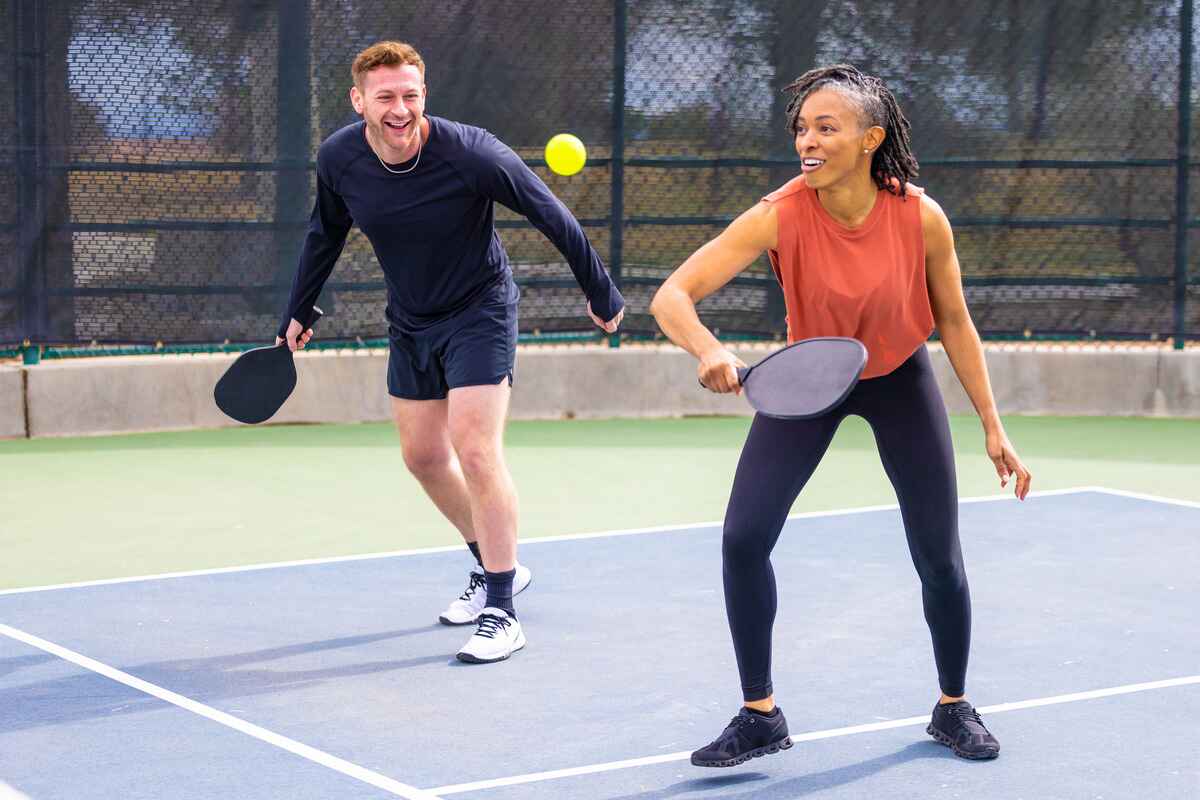Pickleball is more popular than ever and so are the injuries! A common misconception could be to blame.
“Think about why pickleball is so popular. It’s low key, it’s social, so people sometimes have a false idea that it’s just a game and not an actual sport,” said Jim Hsu, MD, a Yale Medicine orthopedic surgeon affiliated with Greenwich Hospital. “Certainly, it’s less competitive and therefore it draws in a lot of people who are first time athletic participants.”
Many first-time players are at risk for two common injuries. The first are injuries caused by tripping, falling and slipping, resulting in bruises, sprains and fractures. The second common injury associated with pickleball are overuse injuries. Playing too much in a short amount of time can result in shoulder, elbow and knee pain.
Older players, even those who have experience playing a racquet sport, are also at risk.
“Everybody's agility and reflexes slowly diminish over time. We can certainly work at it, but it’s just a fact that over our lifetime it does diminish. So, in general, older players are going to be more prone to falls and slips,” said Dr. Hsu.
How to prevent pickleball injuries
To help prevent injuries, Dr. Hsu recommends gradually building up your play time. If you play for half a day on Saturday morning, don’t assume you can play all day Sunday. Give yourself a few weeks to months to gradually increase your play time, to let your body adapt to the demand and get stronger. Instead, try something else: go for a run, ride a bike or take a yoga class. Participating in other activities ensures you won’t be using the same muscles over and over.
Next, establish a comprehensive strengthening and warm-up routine which can help prep muscles and establish good hand-eye coordination. To get loose before pickleball, rely on ballistic stretches that utilize movement.
“It's been shown that when you do that type of stretching, you maintain your strength better than if you do static stretching. Static stretching puts the contractile properties in your muscles to sleep a little bit, whereas when you are doing ballistic stretching, you're both stretching and contracting, stretching and contracting,” said Dr. Hsu.
If you get injured
Once you hit the court, listen to your body. If something feels off, take a break, and don’t immediately jump back into play. If pain worsens over the next day or so, that’s a sign something could be wrong. Ice any sore areas to help reduce swelling until you can see a clinician.
For overuse injuries, physical therapy can be helpful by dealing with the initial injury as well as any underlying issues that could be making the problem worse. For example, someone who has shoulder pain could be relying too heavily on their wrists.
More serious structural injuries, like a meniscus tear or ligament injuries, may need to be treated surgically.
Anytime something feels painful, seek out help.
Anyone can experience an injury, even beginner players.
“Very often people think sports injuries only happen to professional athletes and they may discount their own injuries,” said Dr. Hsu. “What people don’t realize is that those athletes have round the clock care. They have physical therapy, athletic trainers and doctors watching over them. So, we amateurs may be even more prone to develop injuries from sports that to us seem like hobbies.”




